Designing your dream home sounds exciting, doesn’t it?
But once you actually start the process like meeting vendors, choosing color options, finalizing furniture or coordinating work, it can quickly turn into a stressful maze of confusion and delays.
Most homeowners jump into their home interiors with enthusiasm, only to realize midway how time-consuming, overwhelming, and unorganized the process can become.
From picking the wrong color palette to struggling with mismatched furniture or delayed deliveries, the hassles can easily steal the joy from your dream project.
The good news?
It doesn’t have to be this way.
A hassle-free home interior design journey is absolutely possible — when you follow the right sequence:
Theme → Color Palette → Materials → Furniture → Lighting → Décor.
In this Part 1 of our two-part series, we’ll uncover:
So before you buy that sofa or pick that paint shade — let’s understand how to design your home the smart, stress-free way.
Every homeowner dreams of a beautiful space that feels like “home.” But when it comes to execution, many face unnecessary stress and disappointment.
Here’s why:
Most people start shopping for furniture or paint colors before finalizing a design theme or layout. Without a roadmap, decisions pile up — and the project loses direction.
Some of the most common hassles include:
To make your interior journey smooth and enjoyable, you must plan step-by-step and stay organized from the beginning.
How to avoid these hassles:
Your home interiors should tell your story — but like every story, it needs a structure. Start with your theme, and everything else will fall into place.
The theme of your home is its emotional and aesthetic foundation. It sets the tone for everything — from wall colors and materials to furniture shapes and lighting design.
Choosing your theme first ensures all future decisions are aligned, resulting in a space that looks cohesive and feels harmonious.
Let’s explore a few timeless interior design themes you can choose from:
If you love clean lines, clutter-free spaces, and functionality, this theme is perfect for you. It focuses on simplicity — every piece has a purpose. Think of neutral colors, sleek furniture, and well-planned storage that keeps your home airy and elegant.
Ideal for apartments or small homes where space optimization is key.
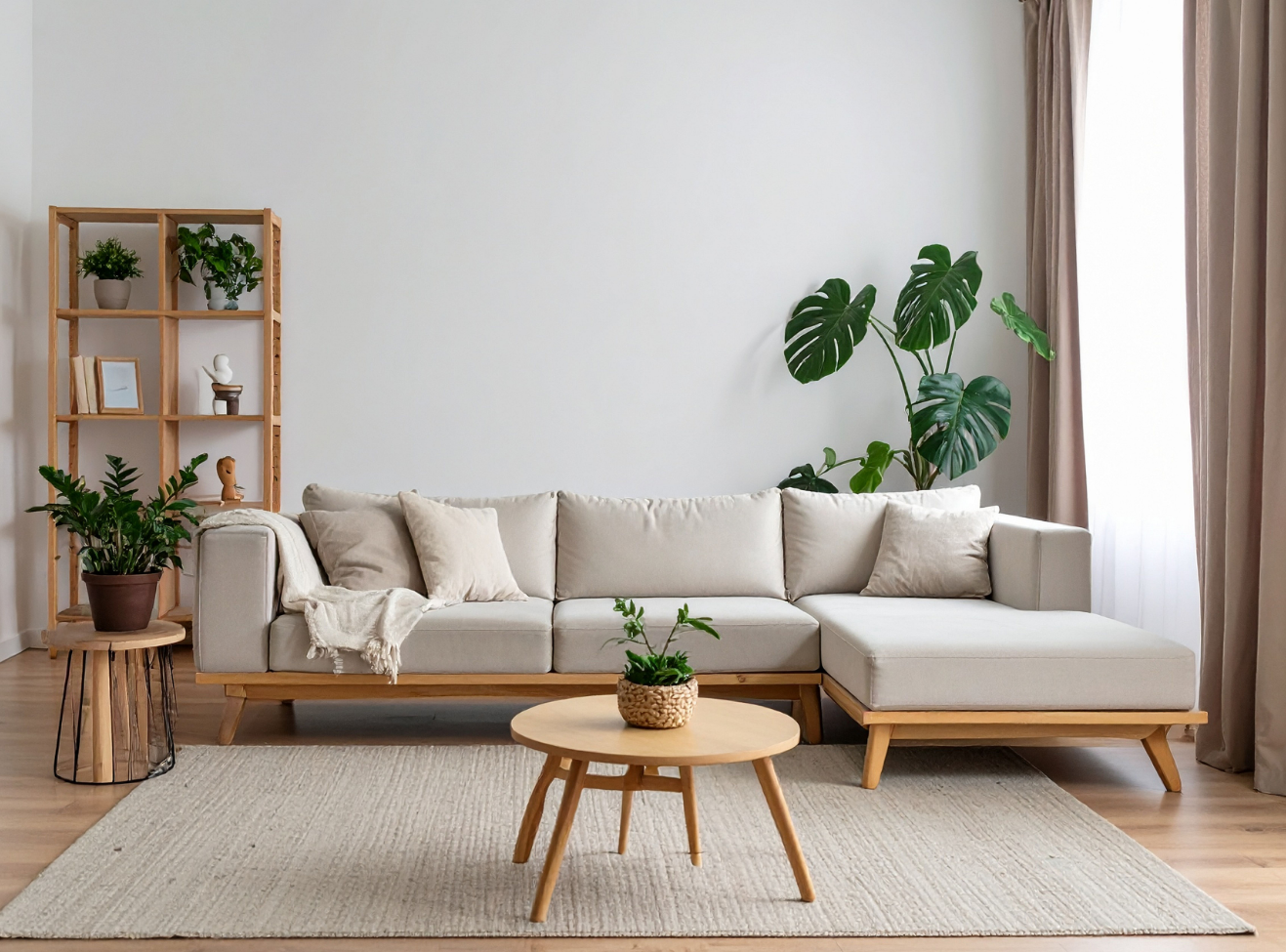
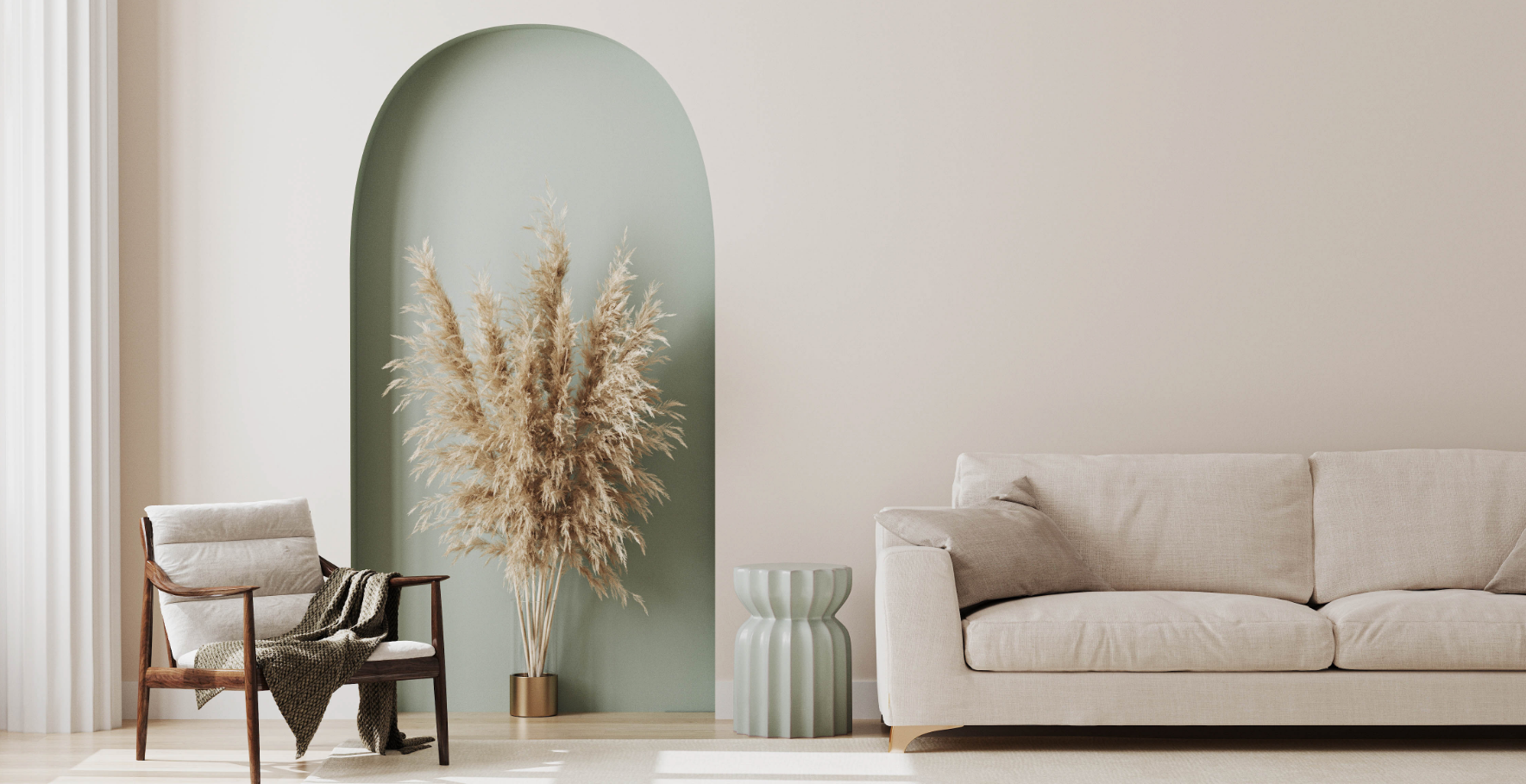
This theme celebrates creativity, freedom, and personality. It’s all about warm, earthy tones, layered fabrics, patterned rugs, plants, and handpicked décor pieces. Boho homes feel vibrant and full of life.
Perfect for young couples or anyone who loves an artistic, relaxed lifestyle.
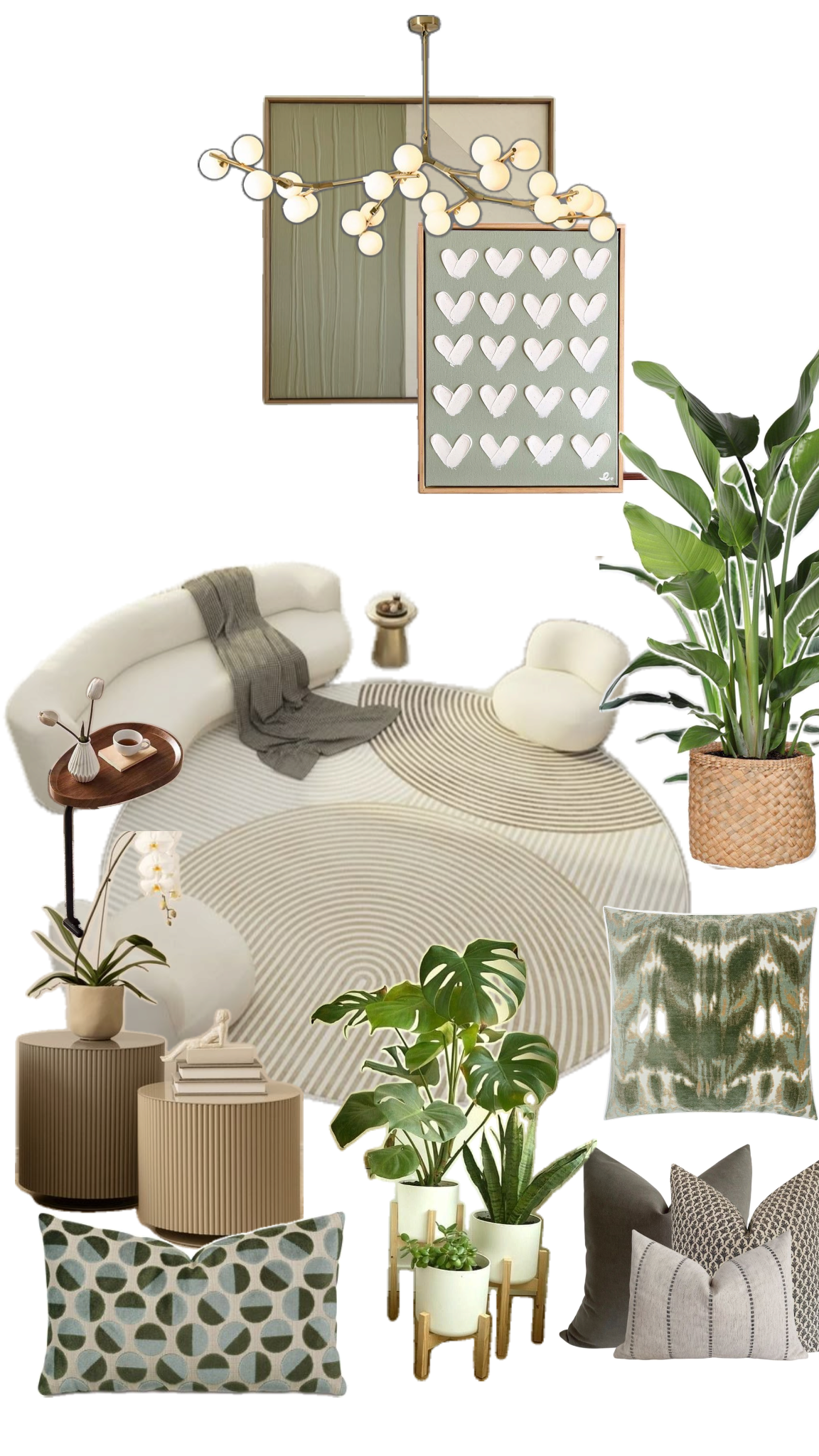

A timeless favorite, this theme brings elegance and sophistication into your space. Think rich materials like marble, gold accents, chandeliers, and warm lighting. It’s about creating a regal and polished look that never goes out of style.
Best suited for villas or large homes with spacious rooms.
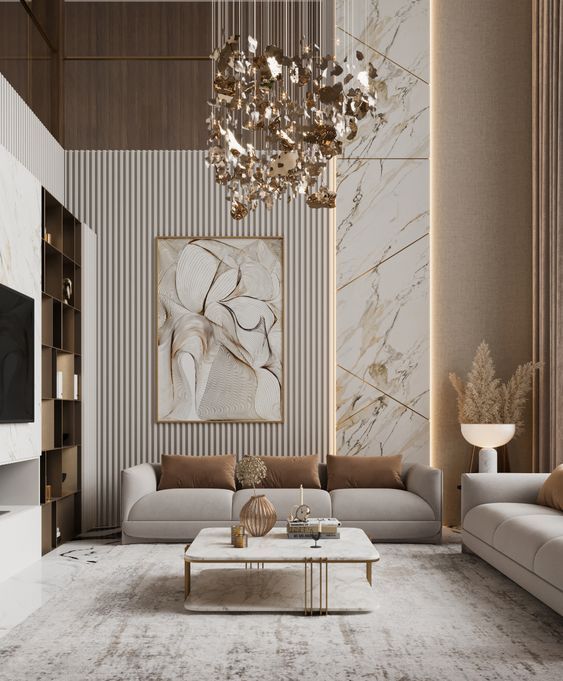
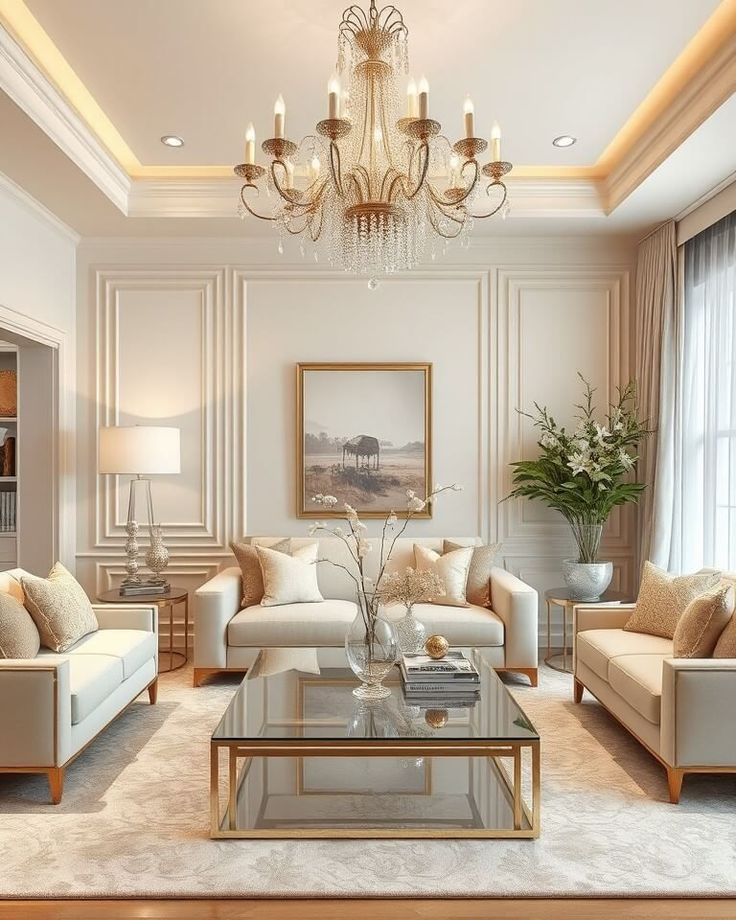
Bright, cozy, and inspired by nature — this theme focuses on comfort and simplicity. Light woods, white tones, and cozy textiles make spaces feel fresh and peaceful.
Ideal for homes that receive plenty of natural light and value minimal upkeep.
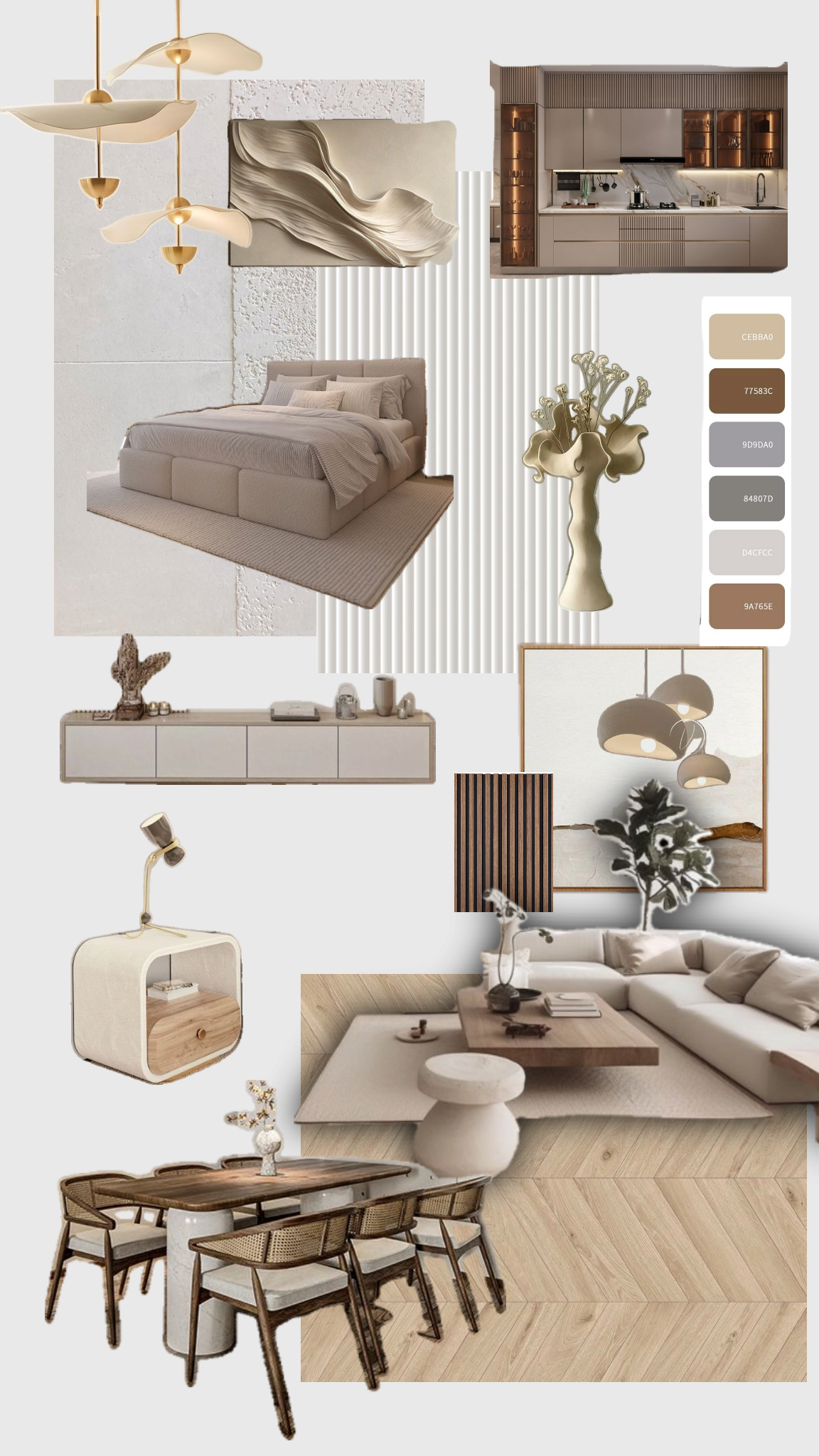
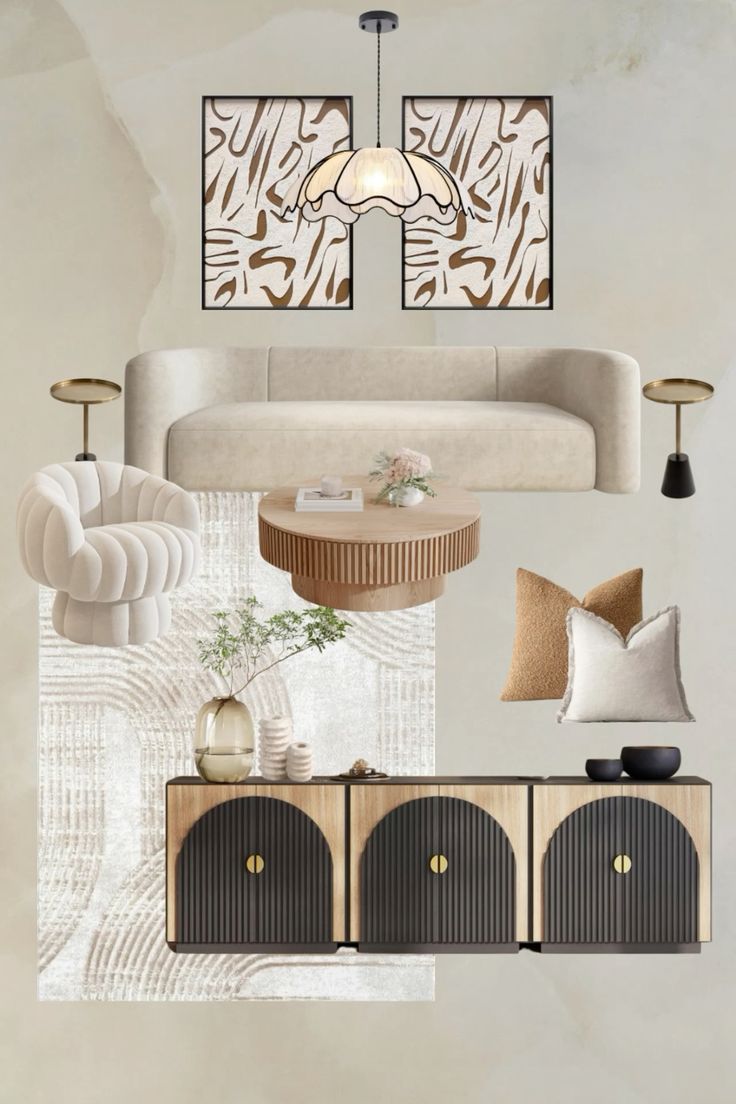
If you prefer a modern city aesthetic, go for this theme. It features bold designs, smart lighting, statement walls, and innovative storage solutions.
Perfect for tech-savvy homeowners who love sleek, stylish living.
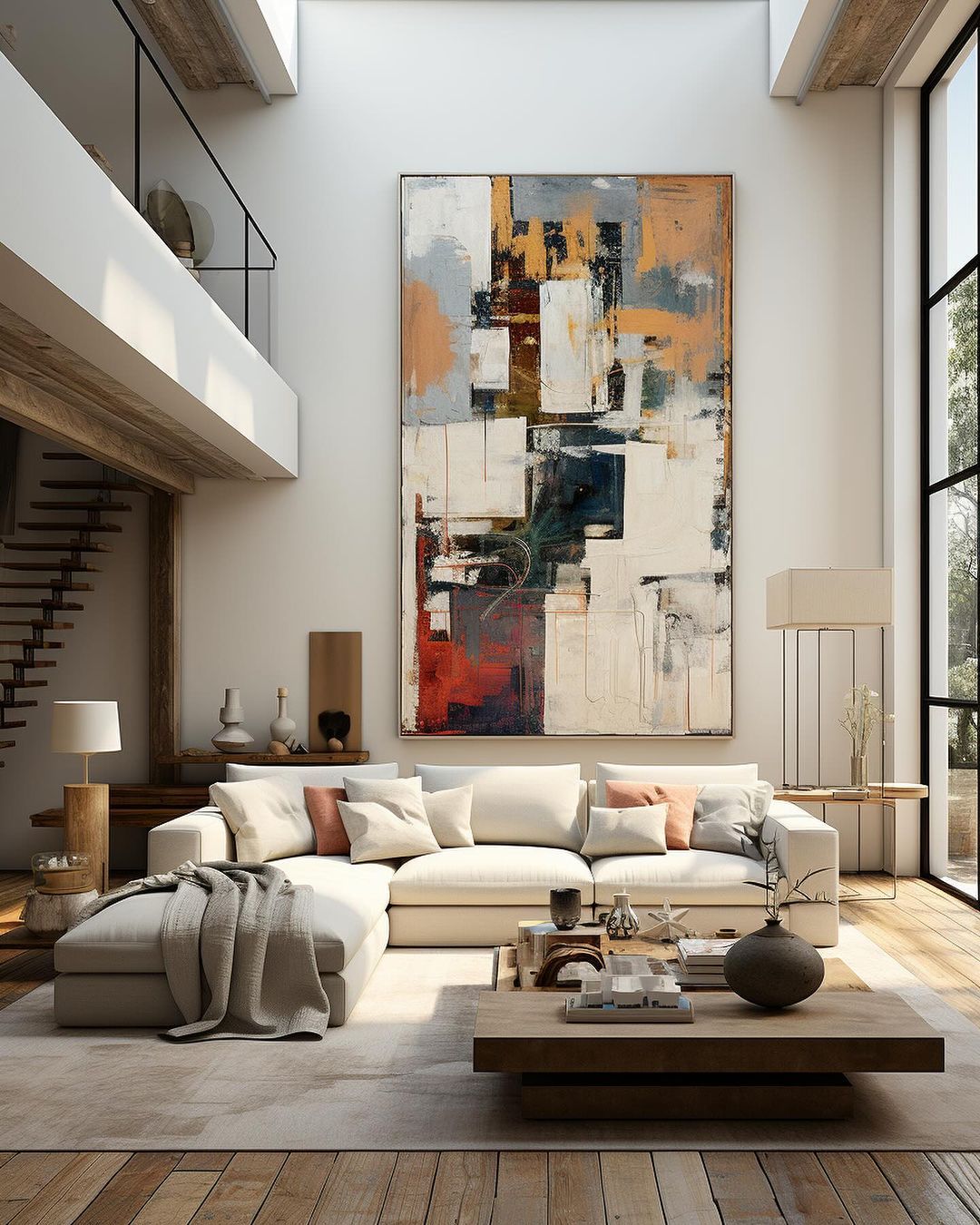
Pro Tips for Choosing the Right Theme:
🪄 Hassle Tip: Mixing too many design styles can make your interiors look disconnected. Stick to one main theme and add subtle variations for personality.
Once your theme is set, the next major step is selecting your color palette.
Colors influence not only how your home looks — but also how it feels. The right shades can make your space calm, cheerful, cozy, or energetic.
Here’s how to understand what works best for your home and personality:
Shades like white, beige, and light grey create a sense of space, calm, and timelessness. They’re ideal for smaller rooms or homes where you want a clean and elegant look.
Use contrasting textures — such as matte paint, wooden furniture, or woven fabrics — to avoid a flat appearance.
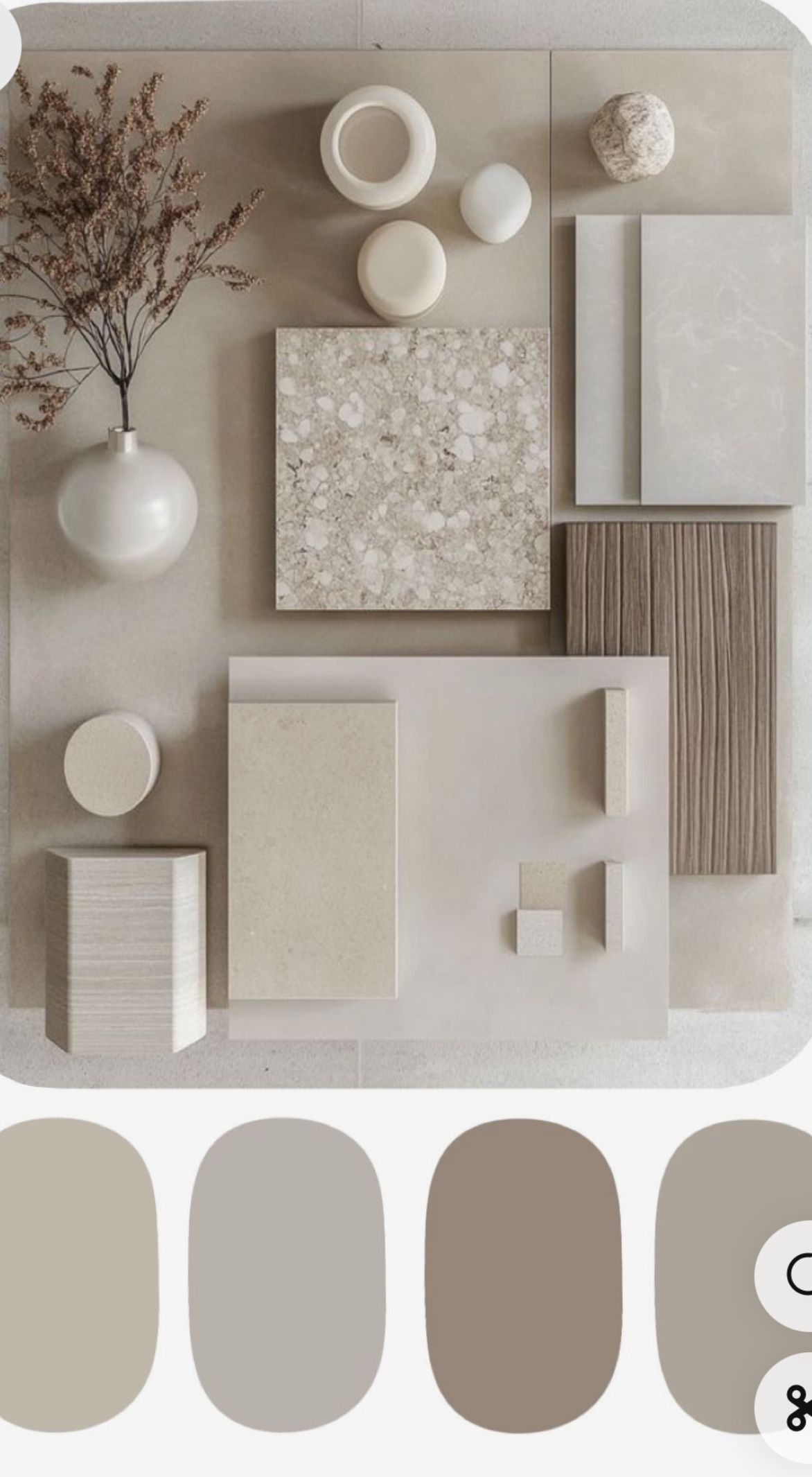
Colors like terracotta, mustard, and peach make spaces feel welcoming and cozy. They’re perfect for family areas like dining or living rooms.
When paired with soft yellow or warm white lighting, they create a comforting and inviting ambiance.
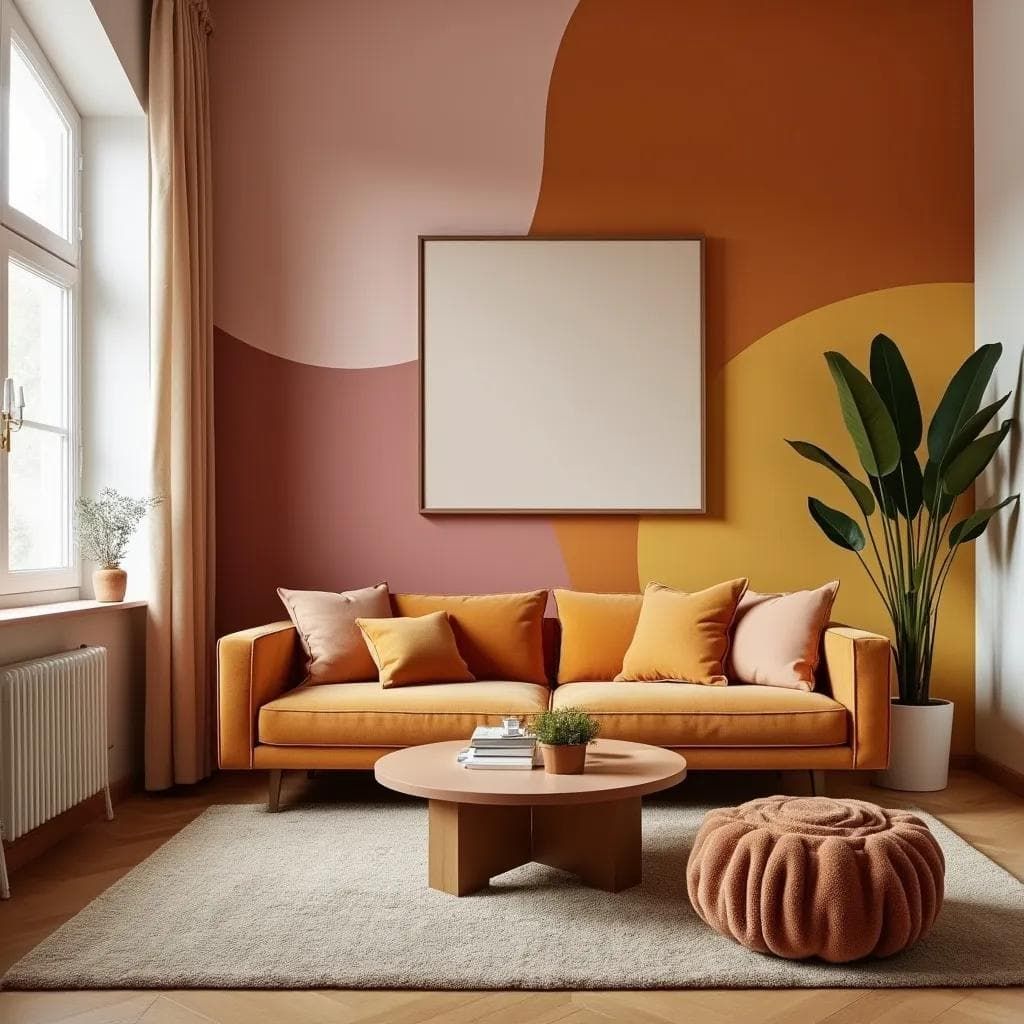
Blues, greens, and teals bring freshness and relaxation. These shades are excellent for bedrooms and bathrooms as they help promote calmness.
You can pair them with white or natural wood finishes to maintain balance and softness.
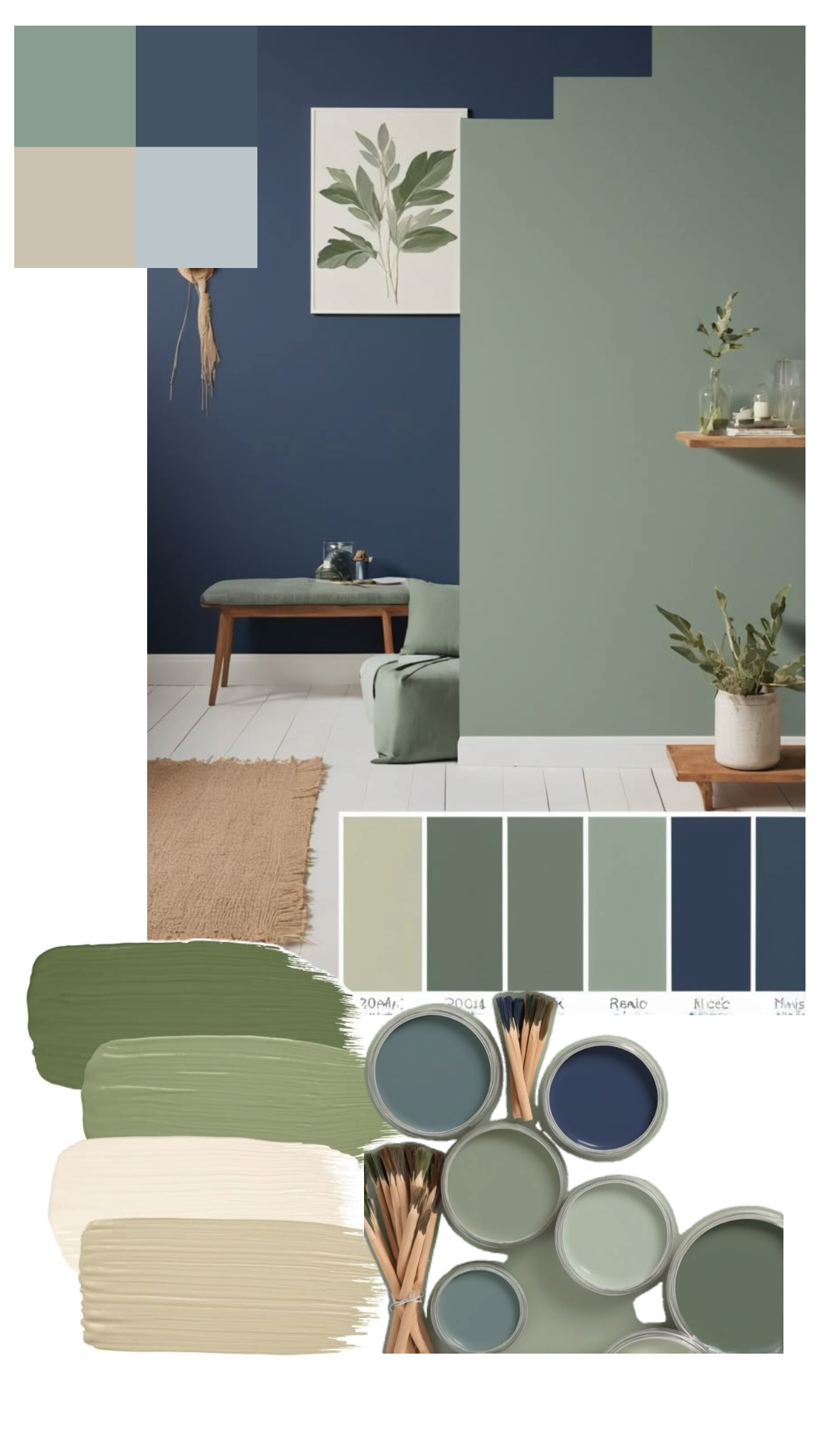
If you want to make a statement, rich tones like navy blue, emerald green, or charcoal grey can add luxury and depth.
These shades work best as accent colors — on one wall, furniture piece, or décor highlight — rather than across an entire room.

How to Pick Your Palette Smartly:
🪄 Hassle Tip: Don’t choose wall paint in isolation. Visualize your wall color with your flooring, furniture finish, and lighting setup to ensure harmony.
In Part 2 of this blog series, we’ll explore:
Stay tuned — and remember, the secret to hassle-free interiors lies in planning one step at a time.
Get in touch today for your home interior design consultation.
Shambhavi Vardhan, Principal Architect, Tapsham Architects